Creating A Style That Suits You: 8 Interior Design Styles That Are Popular in Modern Homes
- Simon Black
- May 8, 2019
- 4 min read
Looking to decorate your home and seeking thematic inspiration? Here I shall identify the core aspects of 8 Interior Design styles, and from there you can blend different elements to create a look that suits you.
1. Mid-Century Modern
The mid-1900s produced some of the most iconic pieces in modern design, it is characterized by clean lines and natural shapes.
From Saarinen, Niemeyer, Eames, Noguchi, Jacobsen and beyond, the mid-century modern masters defined creative ways to use new materials like molded plastic, plywood, and aluminum in interior design. Its pieces are highly versatile and can complement a myriad of design styles.
I would recommend mixing in elements from other design styles to keep your home looking fresh. A purist approach when decorating your home can make your interior design look a bit staged, but this could be great if that is the effect you are after.
2. Industrial
This look has a turn-of-the-century industrial era feel. It emphasizes liberal use of exposed steel with distressed wooden elements, frequently complemented by exposed brick walls.
The modern variant commonly includes copper-tone accents. In terms of general feel, industrial decor is often rustic and mature.
Industrial decor ranges from modern rustic with cleaner lines to rugged vintage with elaborate ornamentations. Depending on your tastes, you can opt for a lighter, chic look or a darker, antique feel.
3. Nautical
Warm, relaxing, and positive. Nautical decor reflects the New England beach house spirit. This interior design style is based on white or sand colored foundation, with blue as the primary accent color.
Material-wise, nautical decor incorporates unfinished wood in its tables or chairs, combined with chic linen upholstery for your lounge seats and sofas.
Your options for decorative accents are many: seashells in clear jars, jute ropes, rowing oars, sailboats, navigational maps, and more!
4. Scandinavian
An off-shoot of the mid-century modern movement, Scandinavian design introduced a popular minimalist look to the interior architecture field that lasts to this day. Although most people associate it with IKEA, there are a variety of subset looks within Scandinavian design itself.
Featuring gentle contours, playful accent colors, and a balance of engineered and organic materials, Scandinavian furniture is simple, contemporary, and functional.
Many Scandinavian designs employ Bauhaus principles and is characterized by fluid lines and focus on object proportions. A great majority of Scandinavian interiors use white with gray tones as the foundation colors.
5. Bohemian
Bohemian decor captures the carefree and adventurous spirit of the avant-garde lifestyle. It features creative application of rich patterns and vibrant colors, especially those with red or purple tones. The key is to carefully present a purposefully “messy” look. Layer on textiles (throws, pillows, rugs, tapestry) for a warm ambience.
When furnishing, look for pieces that possess ethnic or nomadic vibes. Moroccan, South-western, or tribal-inspired designs are currently trending.
This style allows you to break the rules, so don't be afraid to incorporate bold, vibrant colours and prints.
If you prefer a more subtle, tonal aesthetic, that does not mean this style is not for you. Boho-chic loves textile, wood, animal hide, and metallic accents. Why not layer textures in natural shades like ecru or stone, and accent with warm brown leathers, weathered wood finishes and intricately crafted lanterns.
6. English farmhouse
English farmhouse aesthetic should transport your imagination to the country. Source some dried lavender bunches and other greenery – careful arrangement of vases and planters can really help style your home.
English farmhouse furniture is often well upholstered with the wood being Mahogany or Walnut in reception rooms but quite likely to have lime washed simpler timber in a kitchen environment.
Color-wise, it is most likely to be quite neutral in the base with fresh garden colours for accent. If the accent colours chosen are too soft, the scheme may loose impact, possibly add in some dried lavender or similar to dress a room.
7. Urban Modern
Urban interior design stems from the modern designer lofts in the major cities. Taking cues from its cosmopolitan environment, urban modern is a fusion of various opposing and complementary traits.
Minimalist modern, glamorous chic, ethnic heirlooms, and edgy experimental designs all collide in a distinctively 21st-century setting. Larger furniture (sofas, beds, etc.) tends to be uniformly sleek with low-profile. Feel free to bring home trailblazing modern furniture designs.
Decorative accents (pillows, mirrors, end tables, etc.) in urban decor often demand artistic and creative expression – add some elegant geometric designs, or vintage items with traditional embellishment.
8. Shabby Chic
Shabby chic decor emphasises vintage elements to recreate the antique flea market look. The furniture often has an aged appearance, with distressed wood composition covered in sanded milk paint to show signs of wear and tear.
Decorative accents for shabby chic decor should be soft and opulent in order to bring the overall interior design to a contemporary standard. Generously introduce linen textiles for added style. Although shabby chic colors are white, ecru and pastel, don’t be afraid to apply some vibrant colors.
Remember that the best interior architects will frequently bridge different styles together, so liberate your mind and approach your design through your eyes.
For advice, inspiration or a full Interior Design service, get in touch or visit our studio at
2 Broad Street, Whittlesey, PE7 1HA
hello@orlandointeriordesign.co.uk | 01733 200800






































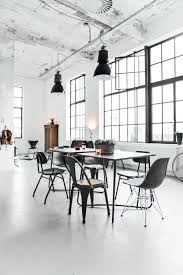























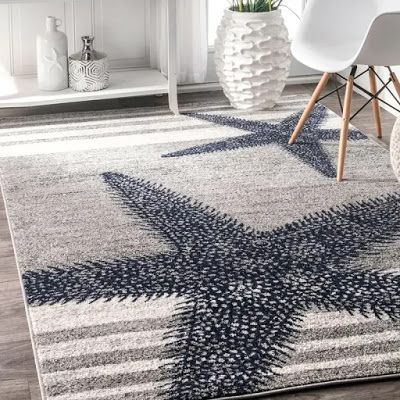



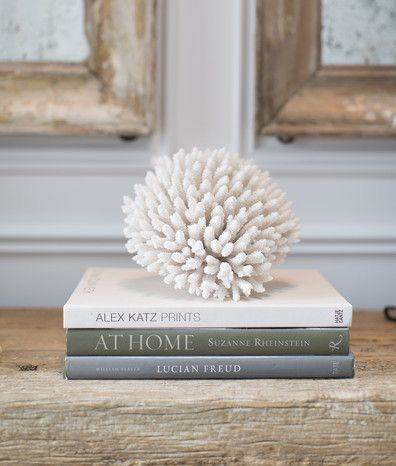














































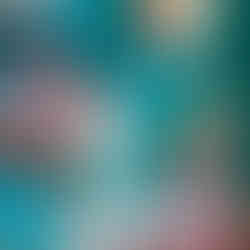









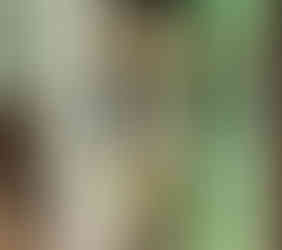
















































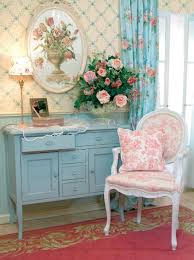



Comments